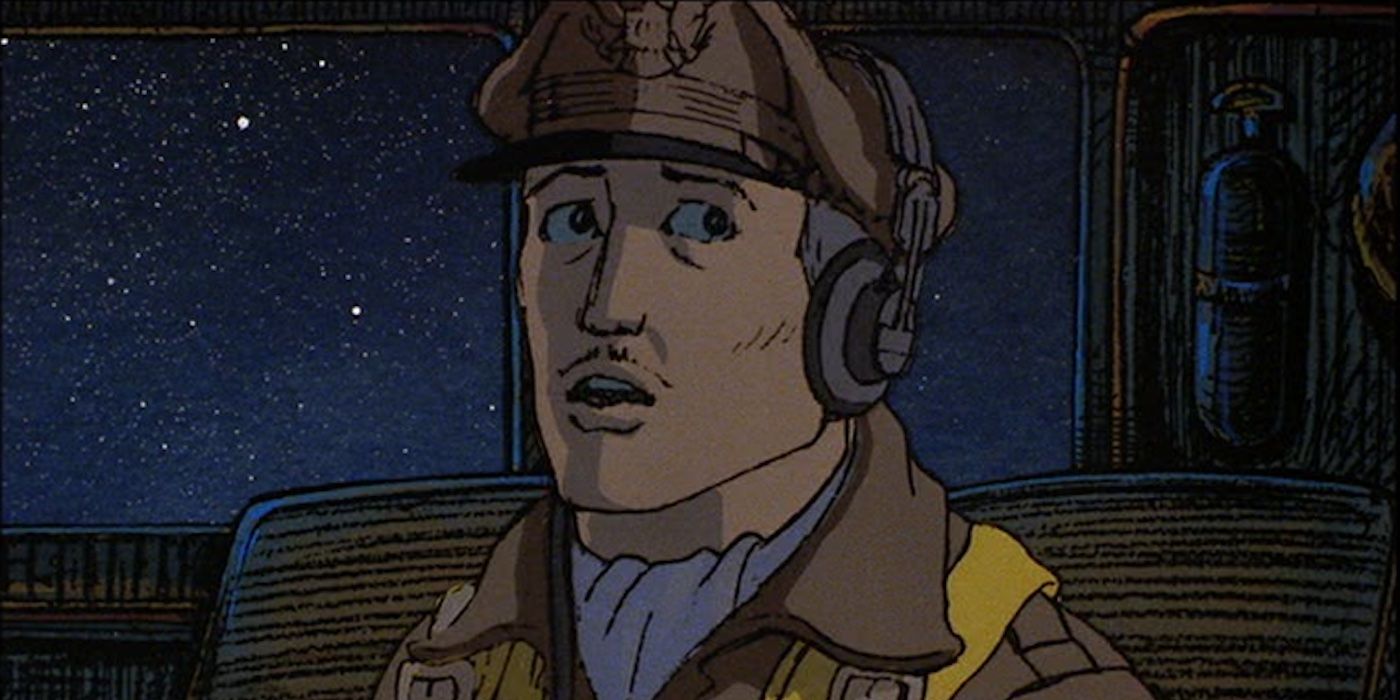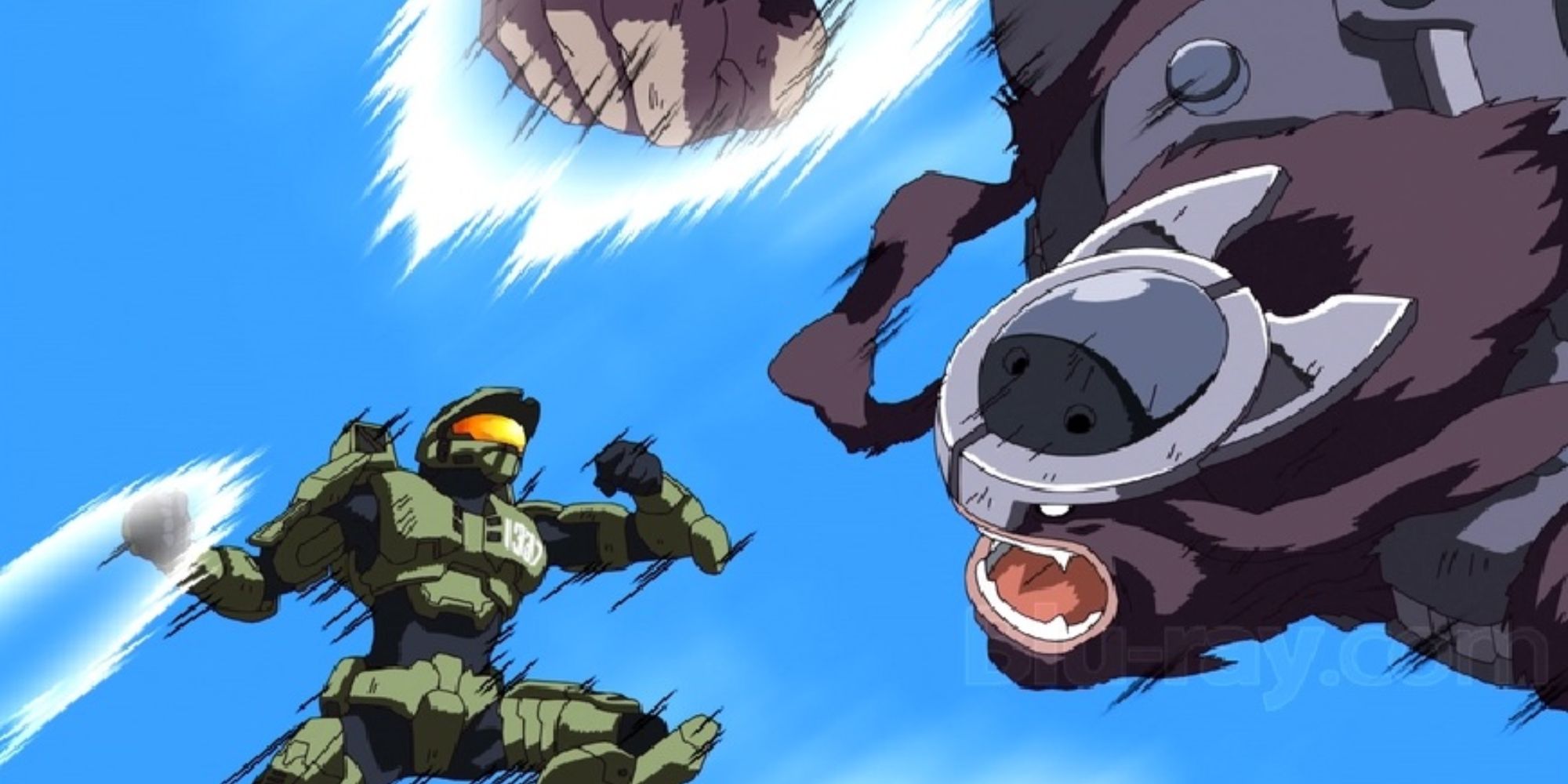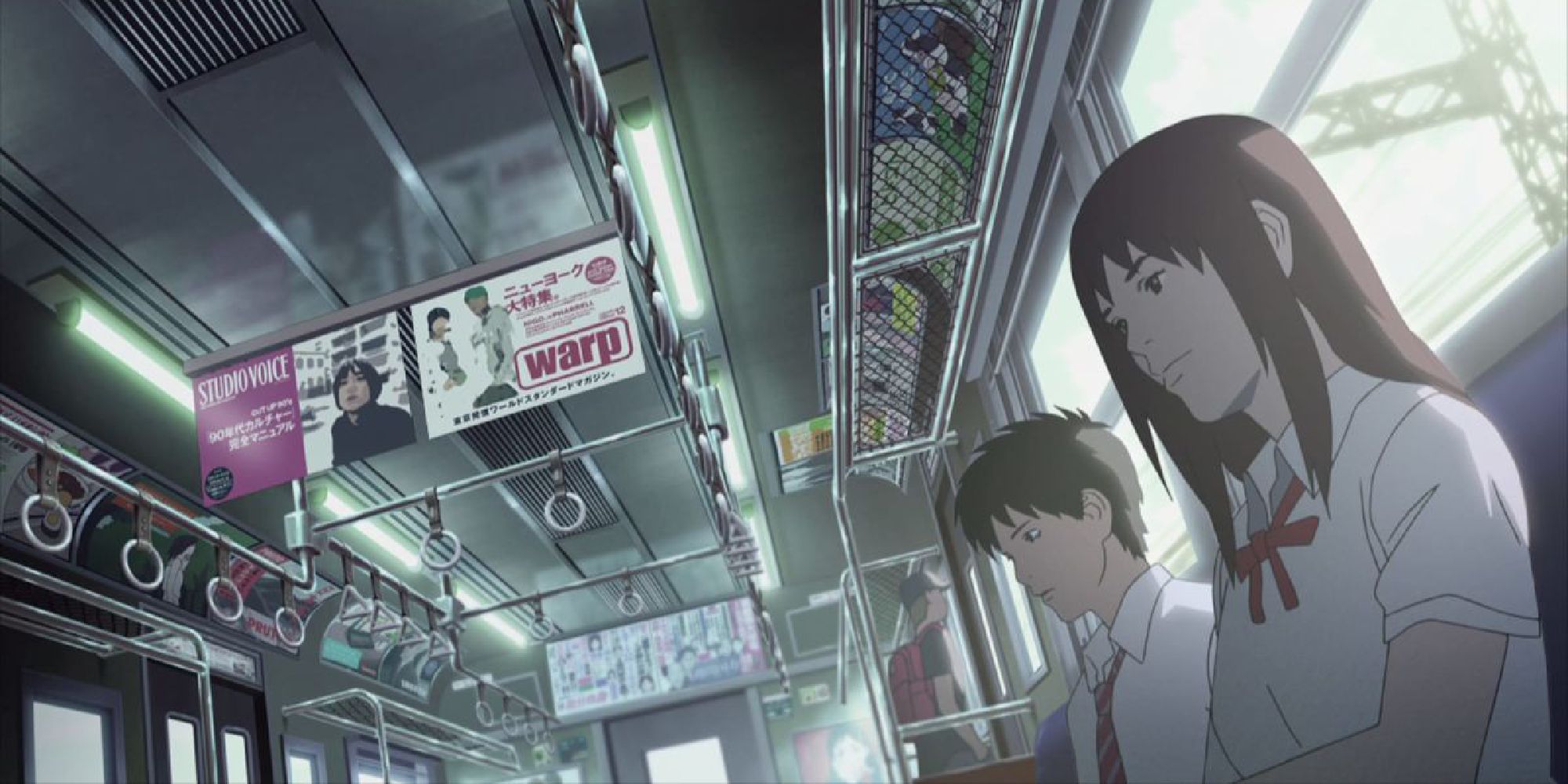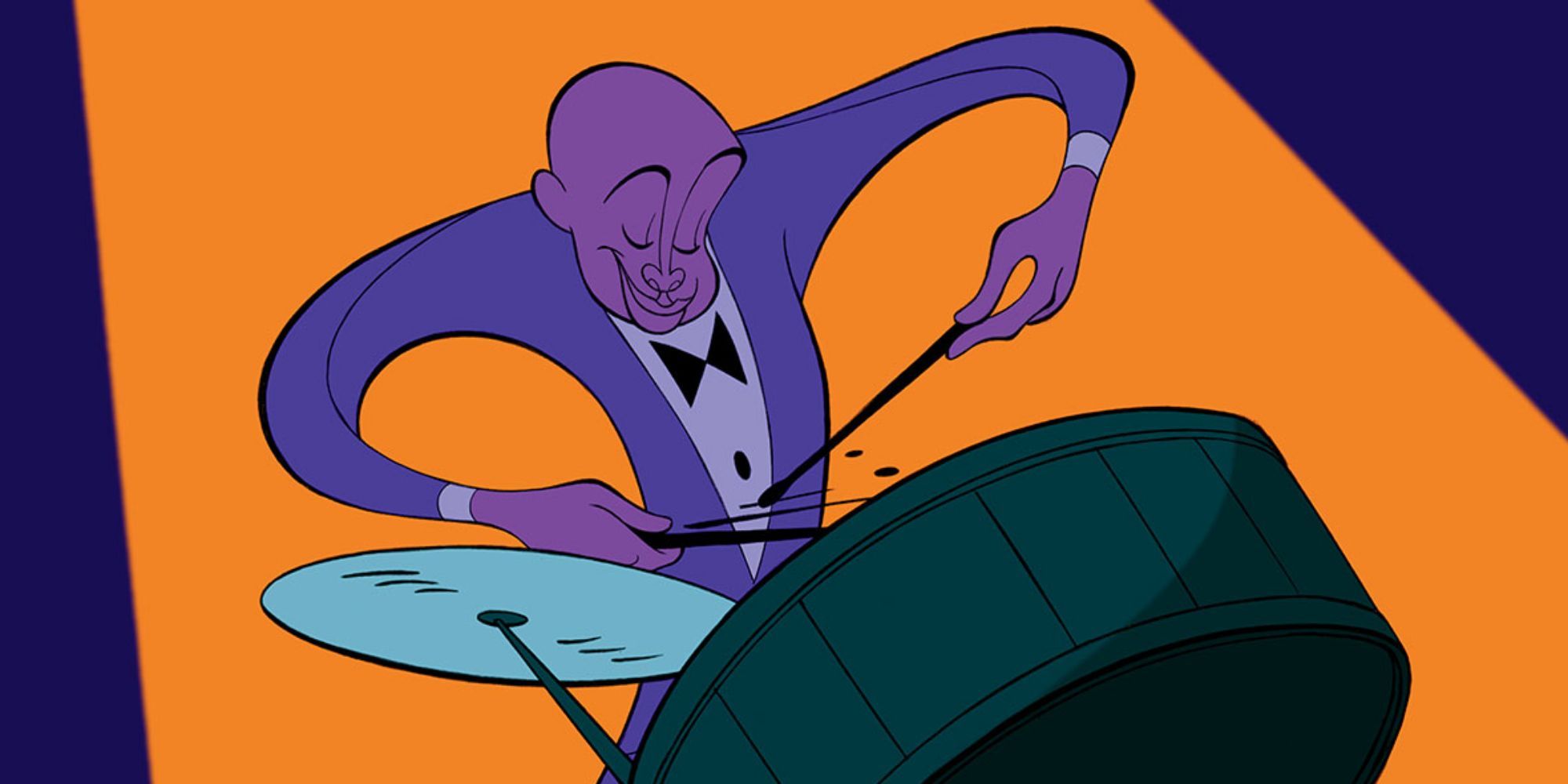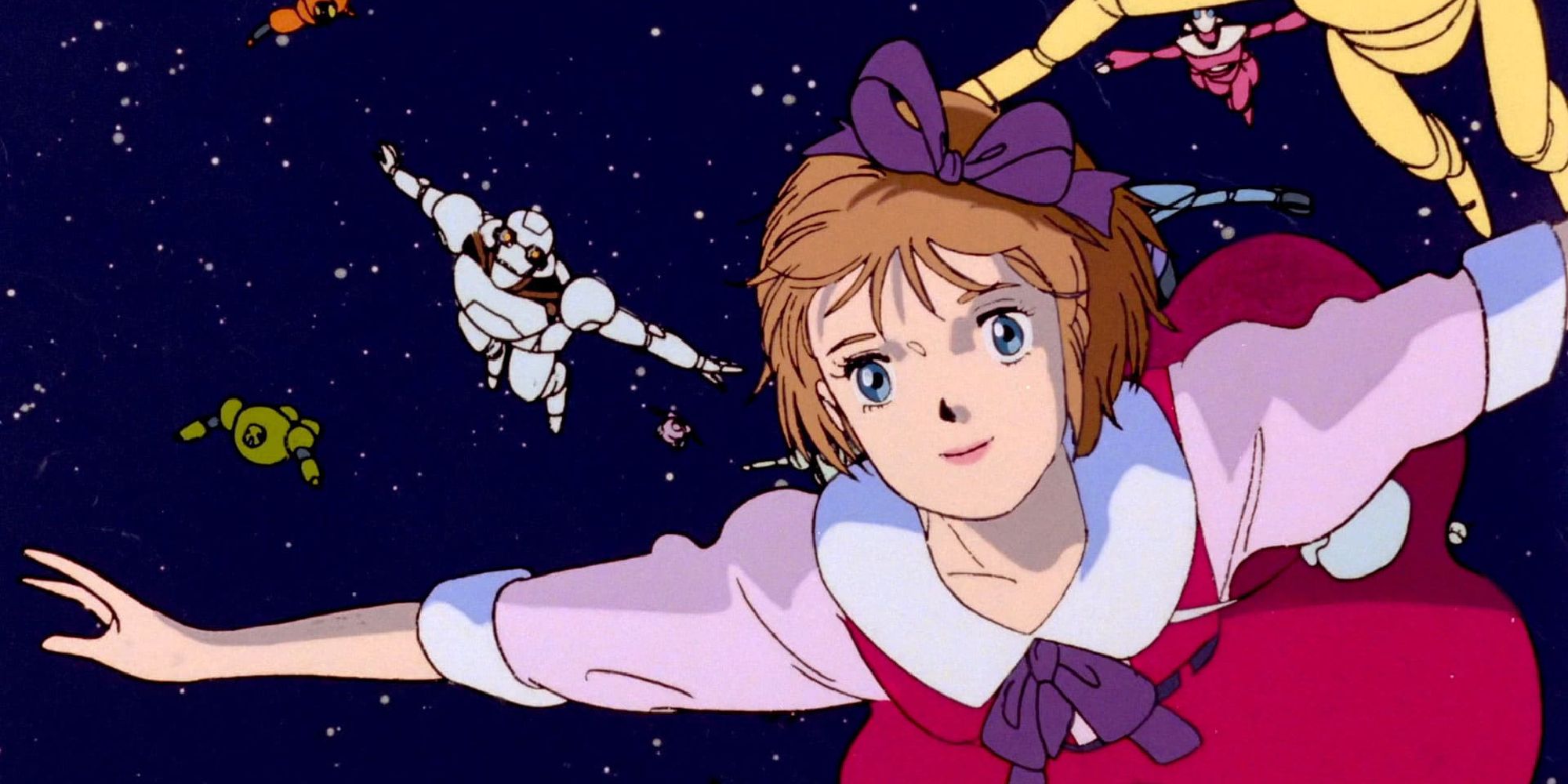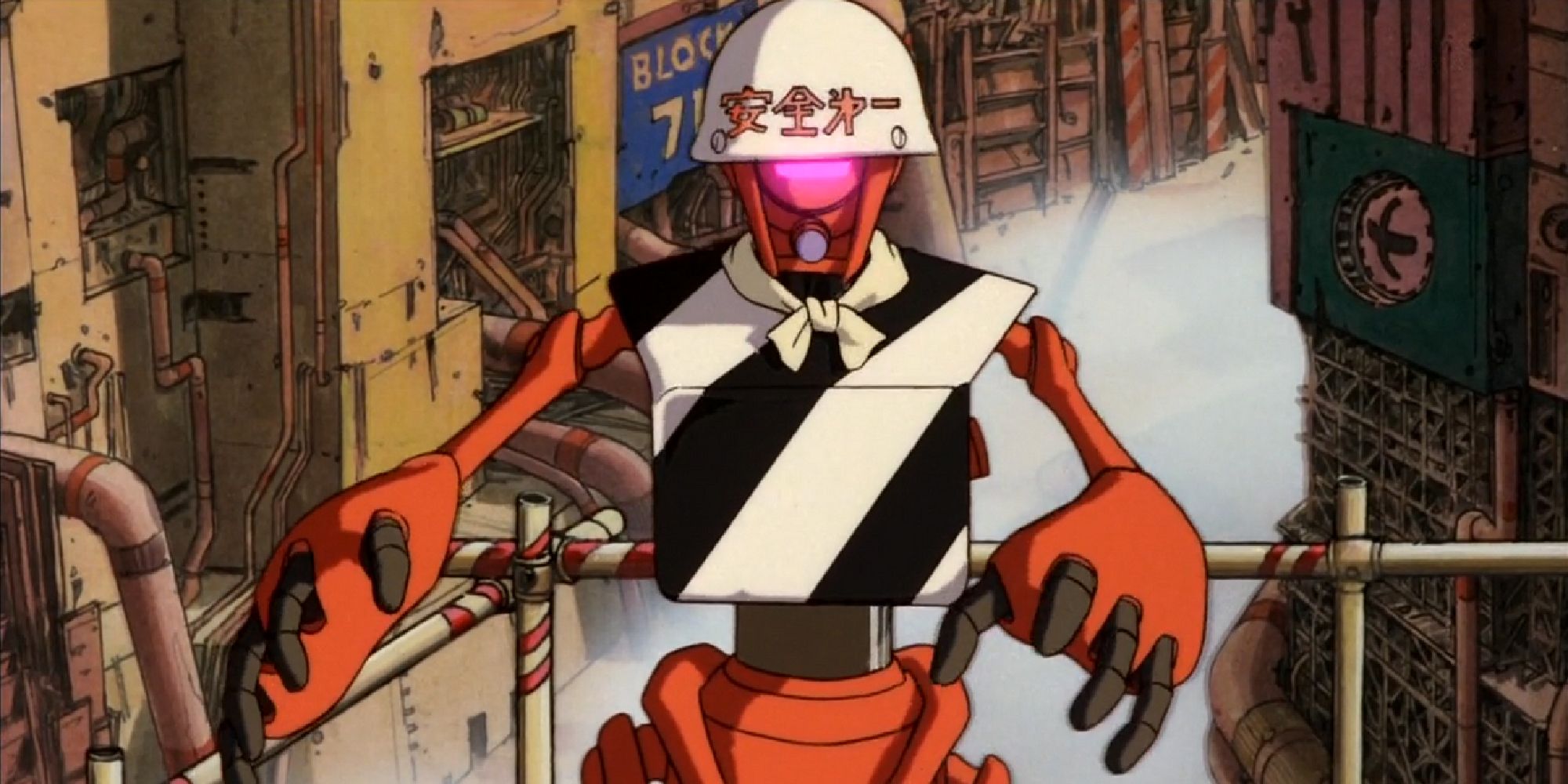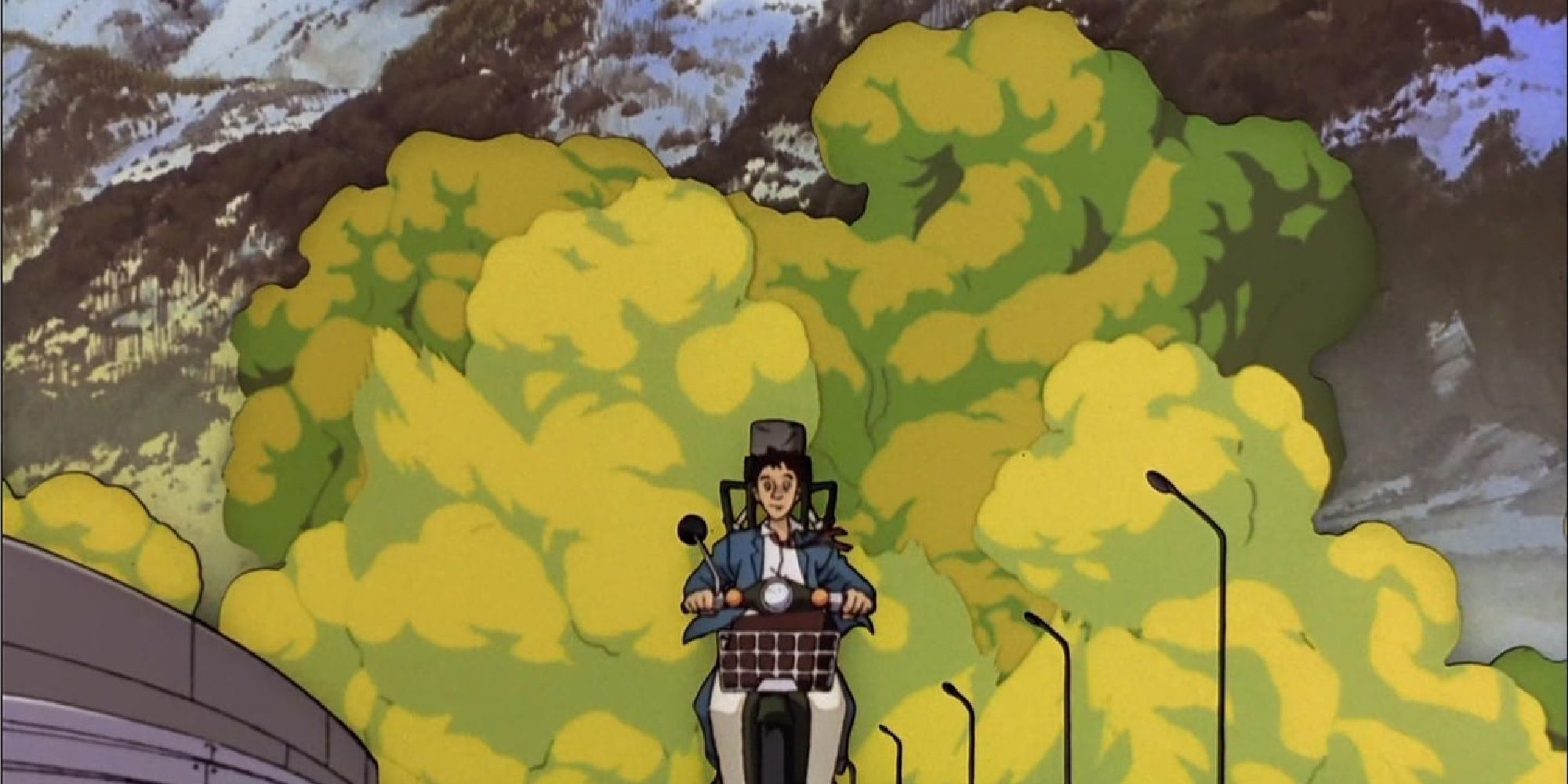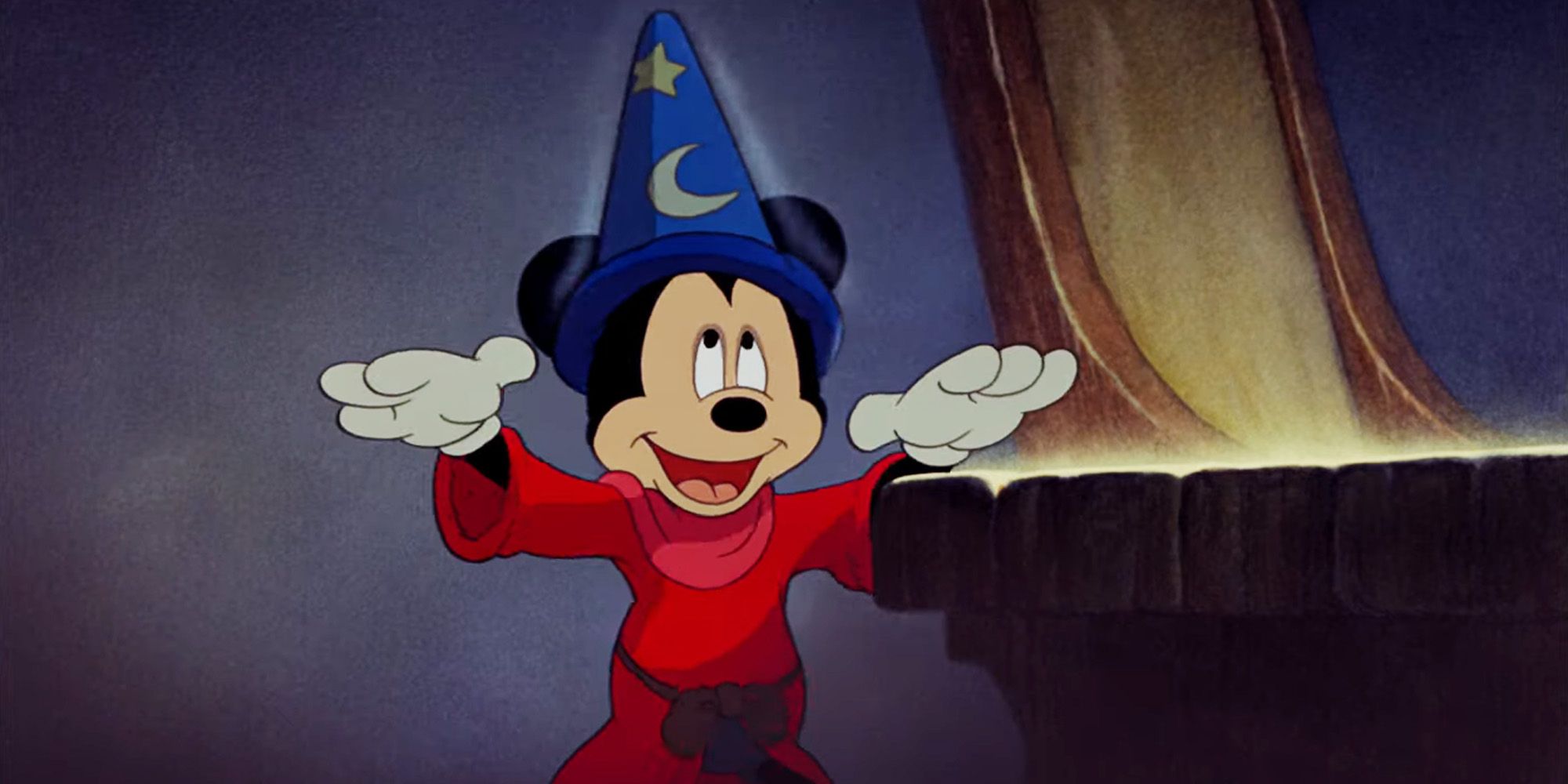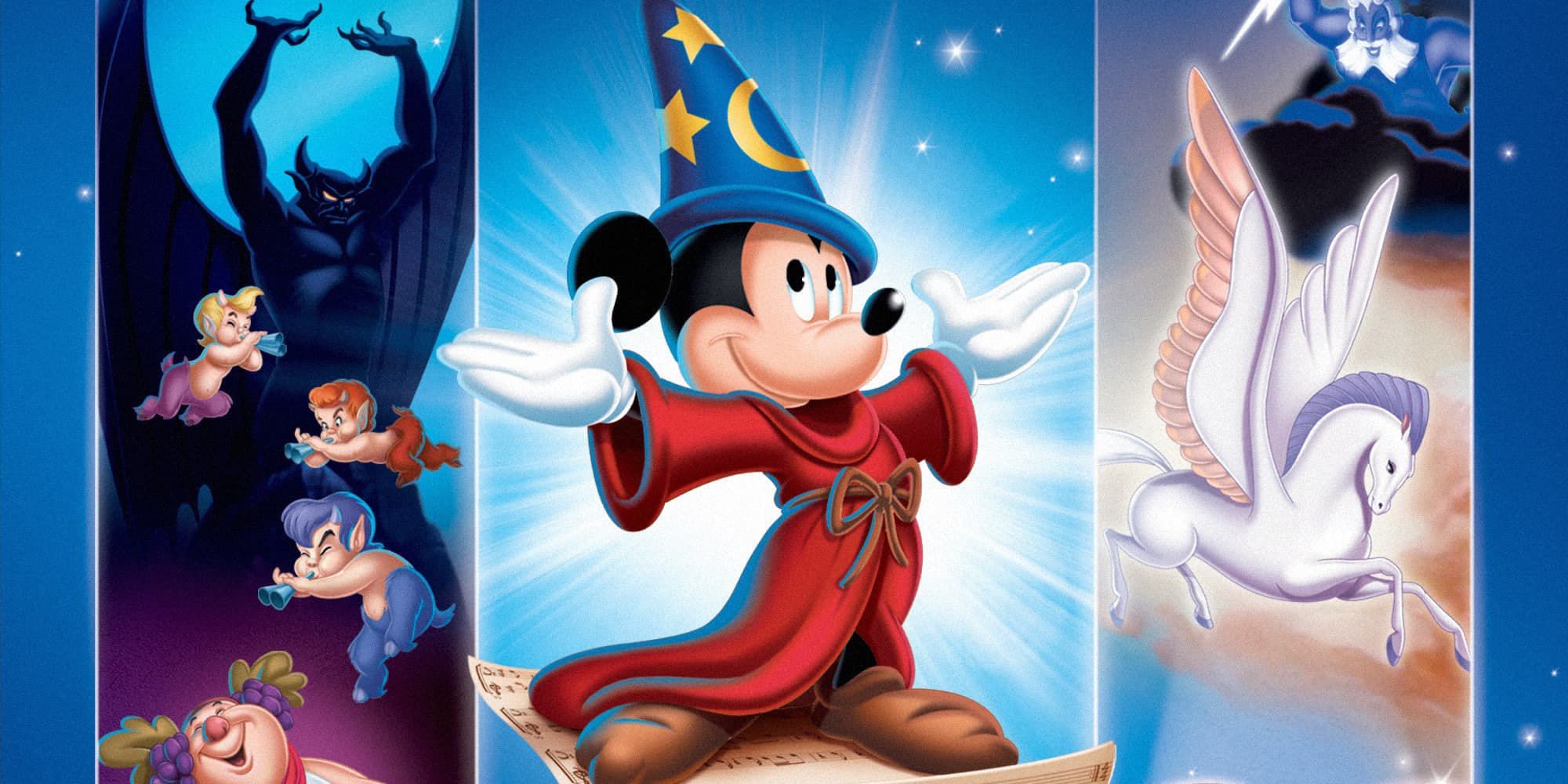
There are plenty of anthology movies out there, with a good deal in live-action and a notably high number dealing with the horror genre. The format of an anthology film is simple, as such movies tend to assemble a variety of short stories into one overall package, with different directors usually helming each segment. The shorts can tie together thematically, be set in the same world while featuring different characters, or be linked by sharing certain genres and/or tropes.
Anthology movies, by their definition, allow for variety and the imaginations of creators to run wild, and so when one takes the format and utilizes it within the world of animation, things can get genuinely out there and unique. What follows are some of the very best animated anthology movies out there, including a mix of American and Japanese animation. They’re ranked below, starting with the good and ending with the great, with all being worthwhile viewing experiences for those who enjoy unpredictable – and sometimes even unusual – animated films.
Directors: Pino Van Lamsweerde, John Bruno, Jimmy T. Murakami
If there’s a criticism to be made about Heavy Metal, it’s perhaps that it tries a little too hard to be an animated movie not made for kids, to the point where it’s so violent, in-your-face, and sexualized that it ends up feeling kind of juvenile. However, there’s also a self-awareness to it in the sense that this is clearly the point of it all; it’s what the creators were going for, in many of the shorts here.
The premise involves a strange and evil orb describing a series of sci-fi/fantasy stories to a young girl, with each playing out for the viewer to see in all their gory and horny glory. These short films in Heavy Metal were based on stories from the magazine of the same name, and though the movie as a whole is probably an acquired taste, it’s easy to see some appeal here (and, for what it’s worth, the segment “B-17” is quite good, as even those who don’t like the sleazier segments of the film will likely appreciate this one).
9 ‘Halo Legends’ (2010)
Directors: Mamoru Oshii, Shinji Aramaki, Tomoki Kyoda
The Halo franchise has made a handful of efforts at this stage to extend beyond the world of video games, though nothing’s really come close to hitting the same highs those games did. The original trilogy is especially well-regarded, to the point where anything of praise that could be said about them has already been said, though outside the games, the anthology film Halo Legends does come close – at times – to scratching the itch “classic” Halo does.
All the shorts here are stylized pieces of anime, though they do oftentimes look quite different from one another, and feel quite thrillingly all over the place tonally, with the highly comical “Odd One Out” being a highlight, and the two-part “Origins” being a genuinely well-presented retelling of the series’ backstory. Time will tell whether the current live-action Halo TV series ends up delivering and feeling like a worthy addition to the franchise, but for now, Halo Legends might be your best bet if you want to experience something Halo-related that’s not a game.
8 ‘Genius Party’ (2007)
Directors: Shinichiro Watanabe, Shinji Kimura, Shoji Kawamori
When it comes to anime movies, Hayao Miyazaki might well be king, but comparable films get notably stranger at times, and something like Genius Party might be a particularly harsh shock to the system to someone more familiar with Miyazaki and Studio Ghibli. Without describing the plots of each segment, it’s hard to summarize this anthology film as a whole, because diversity and unpredictability are what this one’s all about.
Most segments in Genius Party do have something of a sci-fi slant to them, with tales here involving virtual reality and psychedelic/psychological trips into the minds of certain characters, with dizzying and perplexing results at times. It’s best to just let something like this wash over you and admire it for what it is, because attempts to analyze might well prove fruitless. Still, the gloriously creative animation and vivid use of color are enough to keep one surprisingly engaged here.
7 ‘Fantasia 2000’ (1999)
Directors: James Algar, Don Hahn, Gaëtan Brizzi
Like the 1999 release confusingly called Godzilla 2000, Fantasia 2000 was a film that used this number despite being released in 1999, here being a sequel to an iconic Disney anthology film made almost 60 years before (more on that below, because it is better). The number “2000” just sounded cool at the time, and perhaps people wanted to jump on that, even though it was still the 1990s. 2000 was still the future at the time, after all.
Fantasia 2000 reimagines some iconic stuff from the original while also adding several new segments that are a mixed bag (honestly, there aren’t many anthology films that are bags of the non-mixed variety). It still delivers some well-presented animation inventively playing out against various pieces of epic instrumental music, and though some animation purists might not love the inclusion of computer-generated animation here, it does ultimately serve to make this feel like a more “modern” movie, for better or worse.
Fantasia 2000
- Release Date
- January 1, 2000
- Director
- Don Hahn , Eric Goldberg , James Algar , Paul Brizzi , Gaëtan Brizzi
- Runtime
- 75
6 ‘Robot Carnival’ (1987)
Directors: Koji Morimoto, Katsuhiro Otomo, Hiroyuki Kitakubo
The 1980s was a good time for science fiction, though the genre being noticeably prevalent means that plenty of sci-fi movies from the decade feel underrated. Robot Carnival could be counted as one of these, as it’s still something of a niche title, even by animated anthology movie standards. Yet those who like anime shorts and sci-fi ought to check it out, because it largely delivers the goods.
As the title suggests, the thing that ends up tying the various shorts here together is the inclusion of robots within all the stories, emphasizing a sci-fi feel for the anthology as a whole throughout. Certain stories prove equal parts fascinating and bewildering, and a decent number even play out without any dialogue, meaning the experience as a whole is an imaginative, unpredictable, and fast-paced one, especially because there are nine stories here told within a 90-minute runtime.
5 ‘The House’ (2022)
Directors: Paloma Baeza, Niki Lindroth von Bahr, Emma De Swaef
The House keeps the number of stories contained within fairly low for a film that ends up going for almost 100 minutes, with three segments here each being approximately half an hour long. All of them revolve around unsettling and sometimes darkly comedic things happening within a house, with its fluctuating tone and use of stop-motion animation making it one of the more distinctive horror films of the past few years.
Of course, it’s not entirely accurate to call The House “just” a horror film, and it might well even prove more interesting when it strays from horror. The first story is suitably creepy, the second is memorably strange and probably the highlight, and the third doubles down on atmosphere and a sense of unease, proving subtle yet still interesting. It’s a fairly strong collection of shorts overall, and pretty easy to settle into without ever being too frightening or grotesque.
The House (2022)
- Release Date
- January 14, 2022
- Director
- Marc James Roels , Niki Lindroth von Bahr , Emma De Swaef , Paloma Baeza
- Runtime
- 97 minutes
4 ‘Neo Tokyo’ (1987)
Directors: Katsuhiro Otomo, Yoshiaki Kawajiri, Rintaro
Like The House, Neo Tokyo keeps the number of stories within it to just three, though its runtime of 50 minutes means it’s only just feature-length, as far as anime films go, ensuring the stories naturally pass by pretty fast. The first focuses on a fantastical and surreal adventure, the second deals with futuristic racing, and the third is a darkly funny look at a workplace spiraling out of control because of malfunctioning robots (the last of those might age scarily well; time will tell).
Neo Tokyo feels well-balanced, with each of the three stories giving viewers a distinctively singular story, all three picking a singular tone/premise and sticking with it for their relatively brief runtimes. If anything, some may wish the sights and sounds one experiences while watching Neo Tokyo lasted a little longer, but as far as bite-sized and easily watchable anthology films go, it’s up there with the best.
3 ‘The Animatrix’ (2003)
Directors: Koji Morimoto, Peter Chung, Andrew R. Jones
Like Halo Legends, The Animatrix had the difficult task of expanding upon a very popular sci-fi series, here being The Matrix, the first film being particularly beloved as a highlight of 1990s cinema. The title is handy and pretty clever, telling you exactly what to expect without even needing a plot synopsis: these are stories related to The Matrix series that incorporate elements of anime.
Watching these play out, it does become apparent that some computer-generated animation is used alongside traditional anime styles, but that’s sort of fitting when dealing with a series like The Matrix, given the sci-fi-ness and computer/machine-related plot of it all. The Animatrix serves as a compelling addition to the overall franchise, and is well worth a watch for anyone who’s a fan of the main four-film series (even those who might not love each individual entry in said series).
The Animatrix
- Release Date
- May 9, 2003
- Director
- Peter Chung , Andy Jones , Yoshiaki Kawajiri , Takeshi Koike , Mahiro Maeda , Kôji Morimoto
- Cast
- Akio Otsuka , Clayton Watson , Pamela Adlon , Hedy Burress , Terrence Carson , Melinda Clarke
- Runtime
- 102
2 ‘Memories’ (1995)
Directors: Koji Morimoto, Katsuhiro Otomo, Tensai Okamura
As far as anime anthology movies go, they probably don’t get a whole lot better than Memories. This is generally strong enough to be considered a great science fiction film, too (animated or otherwise), with three stories here all getting ample time to breathe and thrive within a runtime that nears two hours. Despite this length, Memories never feels tedious to watch.
The first story is a good example of science fiction horror, the second gets a little more comedic and absurd with a plot about an unusual bioweapon, and the third turns back to something more surreal and intense, being an anti-war story of sorts set in the future. All prove effective and entertaining on their own, yet when taken as a whole package, Memories does undoubtedly end up feeling like something special within the pantheon of animated anthology movies.
1 ‘Fantasia’ (1940)
Directors: David Hand, James Algar, Samuel Armstrong
It’s unlikely to surprise many, but at the end of the day, it’s hard to ignore Fantasia (1940) when it comes to selecting the greatest animated anthology movies of all time. This one paved the way for all the others to follow, and was ahead of its time to the point where it took some decades for others to even catch up and deliver similarly compelling anthology films with stories told using animation.
It was just the third animated feature-length movie ever released by Walt Disney Productions, and stands to this day as one of the longest animated movies of all time. It incorporates some live-action, too, with music critic/composer Deems Taylor introducing each segment. Most of these segments are fantastical in nature and backed by pieces of classical music, and all prove to be engaging, imaginative, and arguably ahead of their time, with all this adding up to ensure that Fantasia is an undisputed classic in the world of animation.
Fantasia
- Release Date
- November 13, 1940
- Director
- James Algar , Samuel Armstrong , Ford Beebe , Norman Ferguson , Jim Handley , T. Hee
- Cast
- Leopold Stokowski , Deems Taylor , Julietta Novis , Corey Burton , Walt Disney , James MacDonald
- Runtime
- 120
